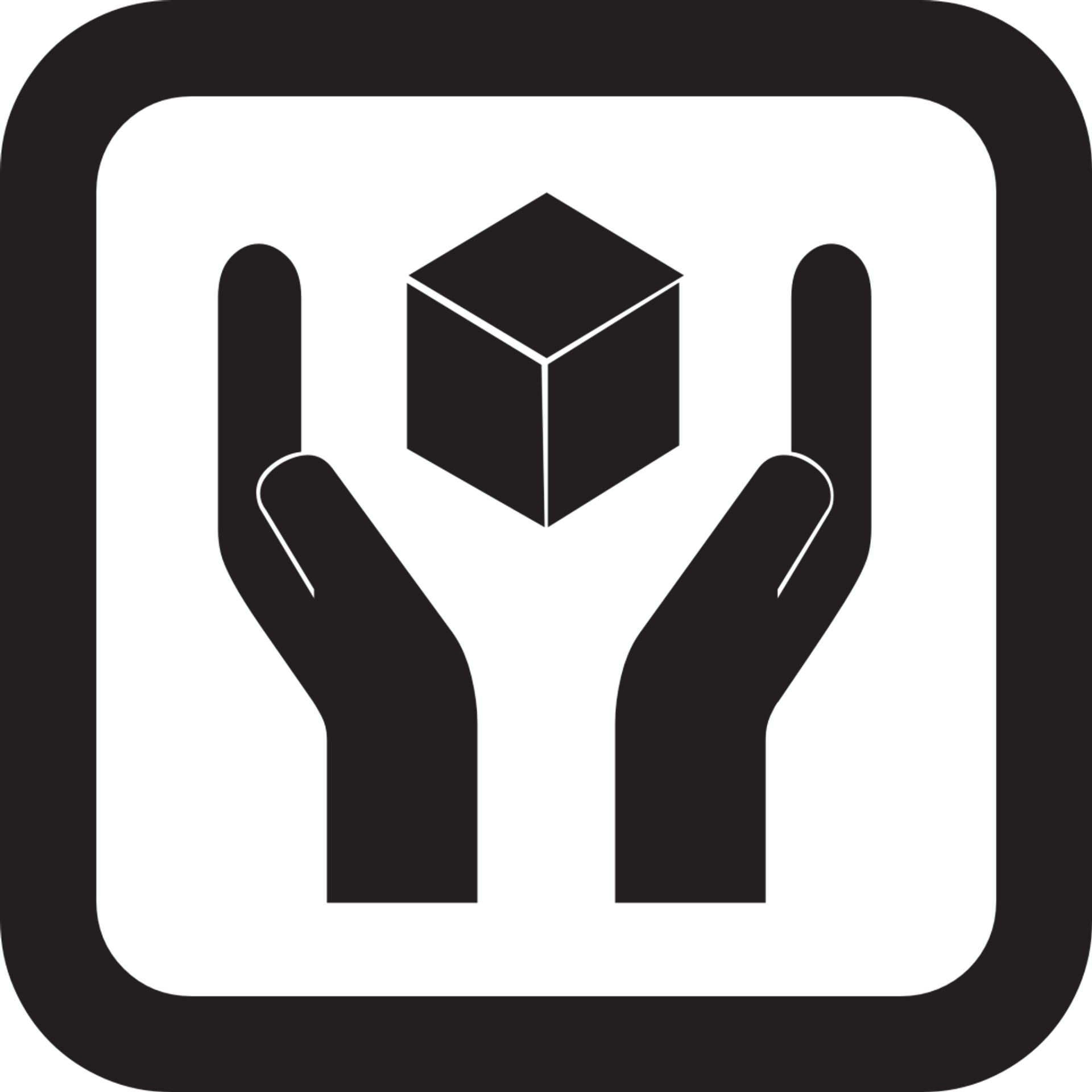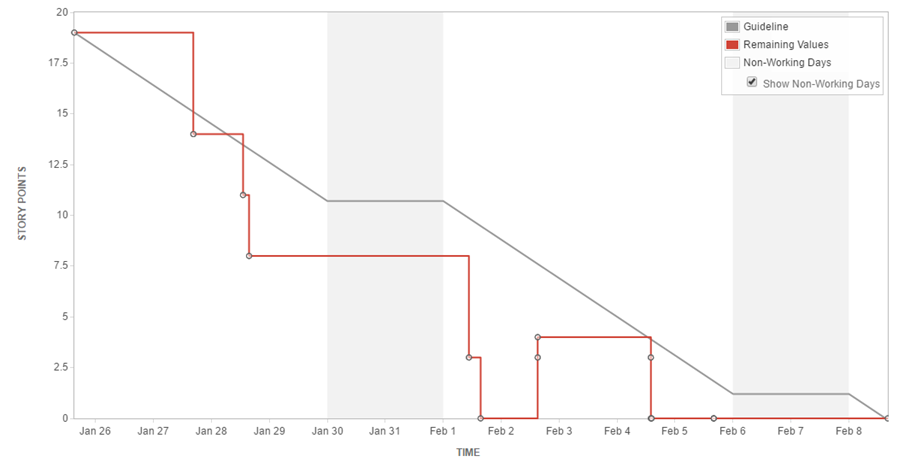
Scrum artifacts
Let’s take a look at what artifacts are used in Scrum. The task is the main scrum artefact. Usually the product owner describes what it is that needs to be done and the team estimates how difficult the task is.
The task should have enough details for the team to estimate it, otherwise the product owner needs to describe the work in more detail. If the task is too difficult, i.e. has too many story points, it should be split into smaller parts. In the previous posts, we have been mentioning the backlog a couple of times.
The main backlog is a list of tasks ordered by the task priority. The product owner is responsible for setting the priority of the tasks.
There is another backlog, which is called the sprint backlog. It is a list of tasks taken into a sprint by the team. Sprint backlog is not necessarily ordered, tasks are usually done in parallel.
A different approach is to have the whole team working only on one task before moving to the next one, then it makes sense to have it ordered. The team is responsible for sprint backlog management. Sometimes, a burn down chart is considered one of the artifacts. It’s rather a progress measurement tool showing the optimal as well as real progress of the sprint backlog.
An example burndown chart While the retrospective is an activity, the outcome of it is an important artifact. It’s a list of actionable tasks to improve the process or remove the obstacles, often called impediments.
This list of tasks is mainly for the scrum master, however the team can also work on improvements and then it should get to the main backlog. And obviously, the most important deliverable is the product itself.
